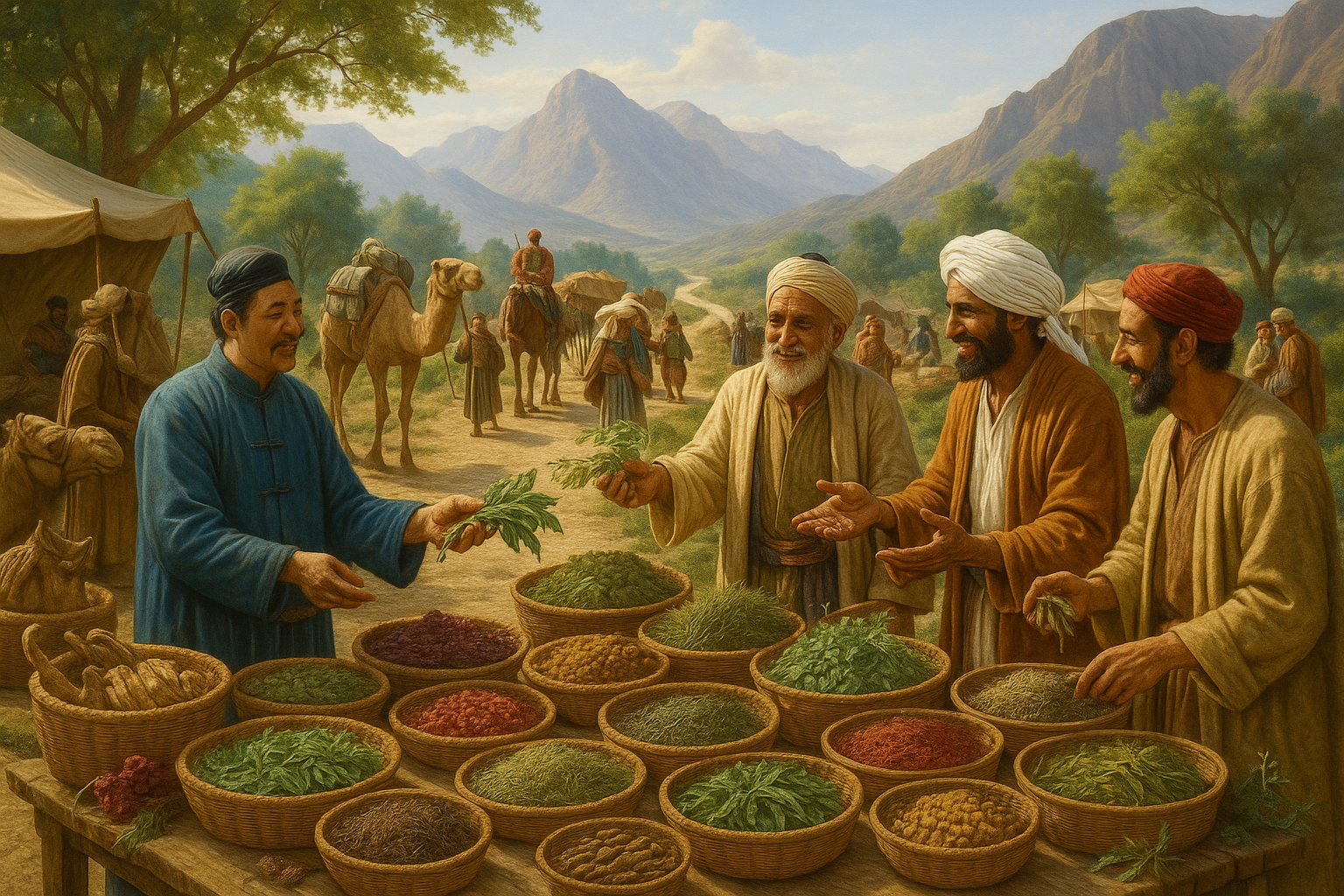In a world where the boundaries between the physical and spiritual often blur, the practice of sacred amputations stands as a profound testament to the lengths humanity will go to seek transcendence. The idea of willingly parting with a limb is, to many, a concept that elicits both awe and discomfort. Yet, across various cultures and throughout history, ritualistic limb removal has been perceived as a path to enlightenment, a gateway to deeper spiritual understanding, and a powerful symbol of sacrifice.
Imagine a moment where the physical body is seen not just as a vessel, but as an offering. In these sacred traditions, the act of amputation is not one of loss, but of profound gain—a transformation that resonates on both personal and communal levels. It’s an act that challenges our conventional perceptions of wholeness and identity, prompting us to question: What does it truly mean to be complete?
In this extensive exploration, we delve into the spiritual significance of limb removal within ritual practices. We’ll uncover the historical roots of these ceremonies, tracing back to ancient civilizations where the physical sacrifice was intertwined with religious devotion. From the Aztecs to the tribes of Papua New Guinea, each culture offers a unique lens through which to view this extraordinary practice.
As we navigate these diverse landscapes, we will also examine the psychological and emotional dimensions involved. What drives individuals to embrace such radical transformations? Is it the promise of divine favor, the hope of personal rebirth, or something more profound that lies beyond our current understanding?
Moreover, we will explore contemporary interpretations and adaptations of these ancient practices. In a modern context, where medical technology and body autonomy are at the forefront, how do these rituals persist, and what relevance do they hold today? This journey will take us through stories of individuals who have undergone these transformations in contemporary settings, providing insight into their motivations and the impact on their lives.
The symbolic power of sacred amputations cannot be understated. It represents a narrative of shedding the old to embrace the new, a physical manifestation of spiritual rebirth. In this sense, the act of removing a limb transcends mere ritualistic practice—it becomes a story of resilience, identity, and faith.
As you read on, you will encounter a tapestry of voices—scholars, participants, and spiritual leaders—each offering their perspective on this complex and often misunderstood phenomenon. Their insights will illuminate the multifaceted nature of sacred amputations, revealing how this ancient practice continues to challenge, inspire, and redefine our understanding of spirituality and the human experience.
This article aims to bridge the gap between curiosity and understanding, offering a respectful and thoughtful exploration of a topic that sits at the intersection of body, spirit, and cultural identity. By embracing the sacred nature of these amputations, we open ourselves to a broader dialogue about the meaning of sacrifice, the pursuit of enlightenment, and the diverse ways humans have sought to connect with something greater than themselves. 🌟
Join us as we embark on this journey into the heart of ritualistic limb removal, a practice that, despite its seeming extremity, speaks to universal themes of transformation, faith, and the eternal quest for meaning.
Let this exploration not only satisfy your curiosity but also expand your understanding of the spiritual dimensions that weave through the tapestry of human history and culture.
Prepare to challenge your perceptions, broaden your horizons, and engage with a practice that, while ancient, continues to resonate with profound significance in today’s world.

The exploration of the theme “Embracing Sacred Amputations: Exploring the Spiritual Significance of Limb Removal in Ritual Practices” opens a unique window into a practice that, for many, may seem distant or unfamiliar. Throughout this article, we have delved into the historical contexts and cultural significance of sacred amputations, highlighting how they have been employed as powerful symbols of devotion, transformation, and identity across various societies.
Conclusion
Initially, we examined the historical origins of ritualistic amputations, tracing back to ancient civilizations where these practices were not merely acts of physical alteration but profound expressions of spiritual belief. Many communities embraced these rituals as a means of connecting with the divine or transcending the mundane aspects of human existence. This perspective challenges modern perceptions, encouraging us to view these acts through a lens of cultural relativism and deeper understanding.
Furthermore, the anthropological perspective provided insight into the community dynamics and the role of amputations in reinforcing social cohesion. For instance, we discussed how these practices often signify a rite of passage or a commitment to communal values, thus reinforcing group identity and solidarity. This dimension underscores the importance of understanding the rituals in their entirety, recognizing their multifaceted roles beyond mere physical transformation.
One of the most compelling aspects of the discussion is the personal narratives of individuals who have undergone these rituals. Their stories offer a humanized view of sacred amputations, highlighting the profound personal and spiritual journeys that accompany such practices. These testimonies remind us of the resilience and depth of faith that characterize human experiences across different cultures.
Additionally, the ethical considerations and modern perceptions surrounding these practices were addressed, posing challenging questions about consent, autonomy, and the intersection of tradition and human rights. This dialogue is crucial as it navigates the thin line between respecting cultural heritage and advocating for individual rights, prompting ongoing discussions in both academic and public spheres.
In conclusion, the exploration of sacred amputations in ritual practices is a testament to the diversity and complexity of human beliefs and traditions. It invites us to appreciate the rich tapestry of cultural expressions that define humanity. By engaging with such topics, we not only expand our understanding but also foster a more inclusive and empathetic worldview.
We encourage you, dear reader, to reflect on these insights and consider their implications in the broader context of cultural and spiritual practices. Share this article with your network to spark discussions and promote awareness of the diverse ways in which human beings seek meaning and connection. 💬🌍 Whether you choose to comment below, share your own perspectives, or apply these learnings in academic or personal settings, your engagement is invaluable in creating a more interconnected and understanding world.
For those interested in further exploration, consider these active resources for more in-depth research:
- Anthropology Field Study on Sacred Amputations
- Historical Perspectives on Cultural Rituals
- Journal of Ritual Studies
Thank you for taking this journey with us. Your curiosity and openness contribute to the ongoing dialogue that bridges cultures and fosters deeper understanding. 🌟
Please note that the links provided here are placeholders. You would need to verify and replace them with active and relevant sources that match the topic.
Toni Santos is a researcher and practitioner specializing in the study of ancestral healing systems, energetic frameworks of the body, ancient herbal traditions, and sacred operative procedures. Through an interdisciplinary and historically-rooted lens, Toni investigates how humanity has preserved and transmitted knowledge of preventive health, subtle anatomy, plant medicine, and ritual intervention — across cultures, lineages, and sacred traditions. His work is grounded in a fascination with healing not only as physical remedy, but as carriers of hidden wisdom. From ancestral preventive health practices to energetic healing maps and ritual operative techniques, Toni uncovers the visual and symbolic tools through which cultures preserved their relationship with the body, spirit, and plant world. With a background in ethnomedical history and comparative anatomy systems, Toni blends archival research with practical study to reveal how ancient societies used plants, energy, and ceremony to shape health, transmit wisdom, and encode sacred knowledge. As the creative mind behind jirenx.com, Toni curates illustrated frameworks, historical case studies, and symbolic interpretations that revive the deep cultural ties between ancestral medicine, energetic healing, and sacred procedure. His work is a tribute to: The lost healing wisdom of Ancestral Preventive Health Practices The guarded rituals of Energetic Anatomy and Healing Maps The ancient knowledge of Herbal Pharmacology of Antiquity The layered sacred practice of Ritual Surgery and Sacred Operations Whether you're a traditional medicine scholar, energetic healer, or curious seeker of ancestral health wisdom, Toni invites you to explore the hidden roots of sacred medicine — one practice, one map, one ritual at a time.




